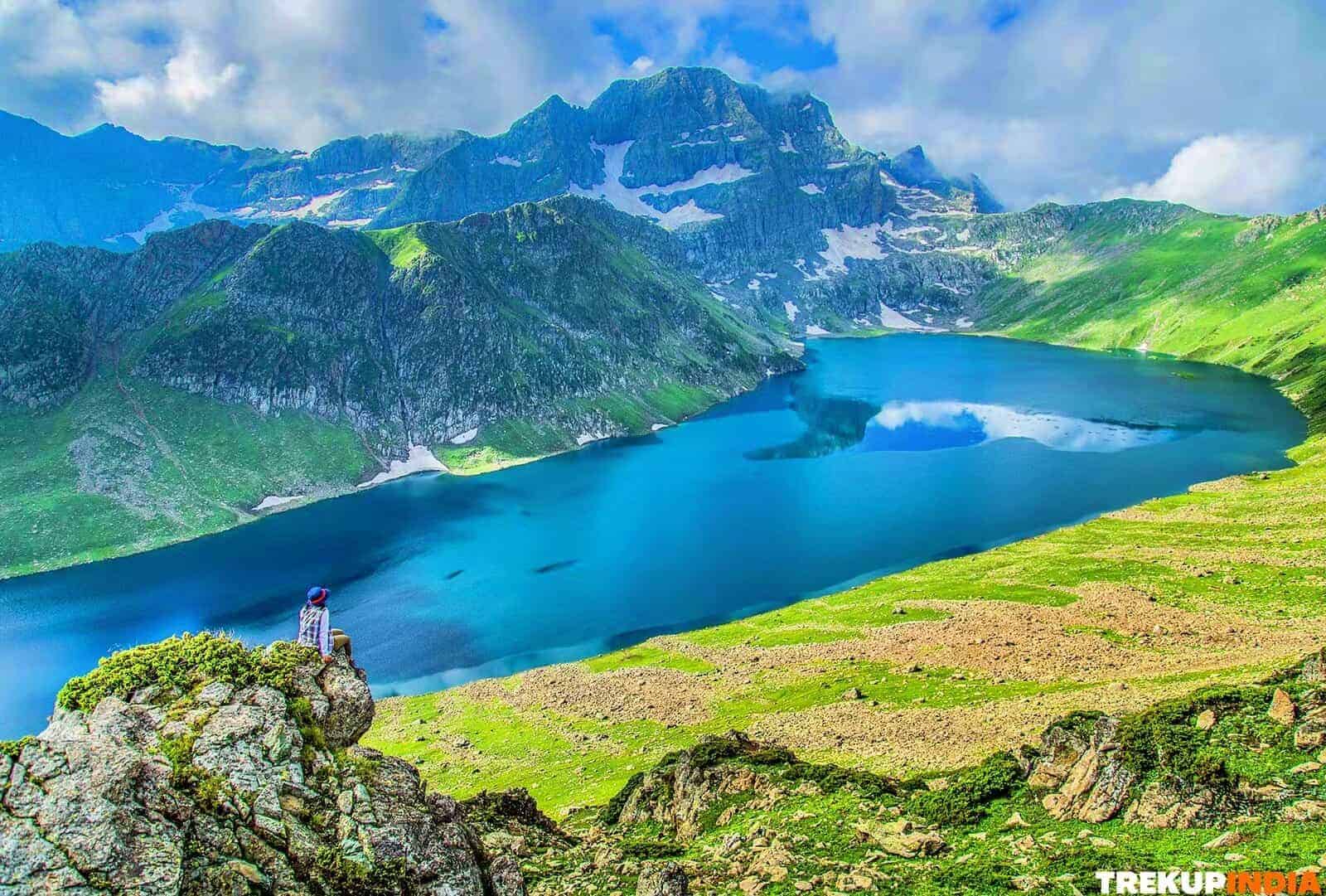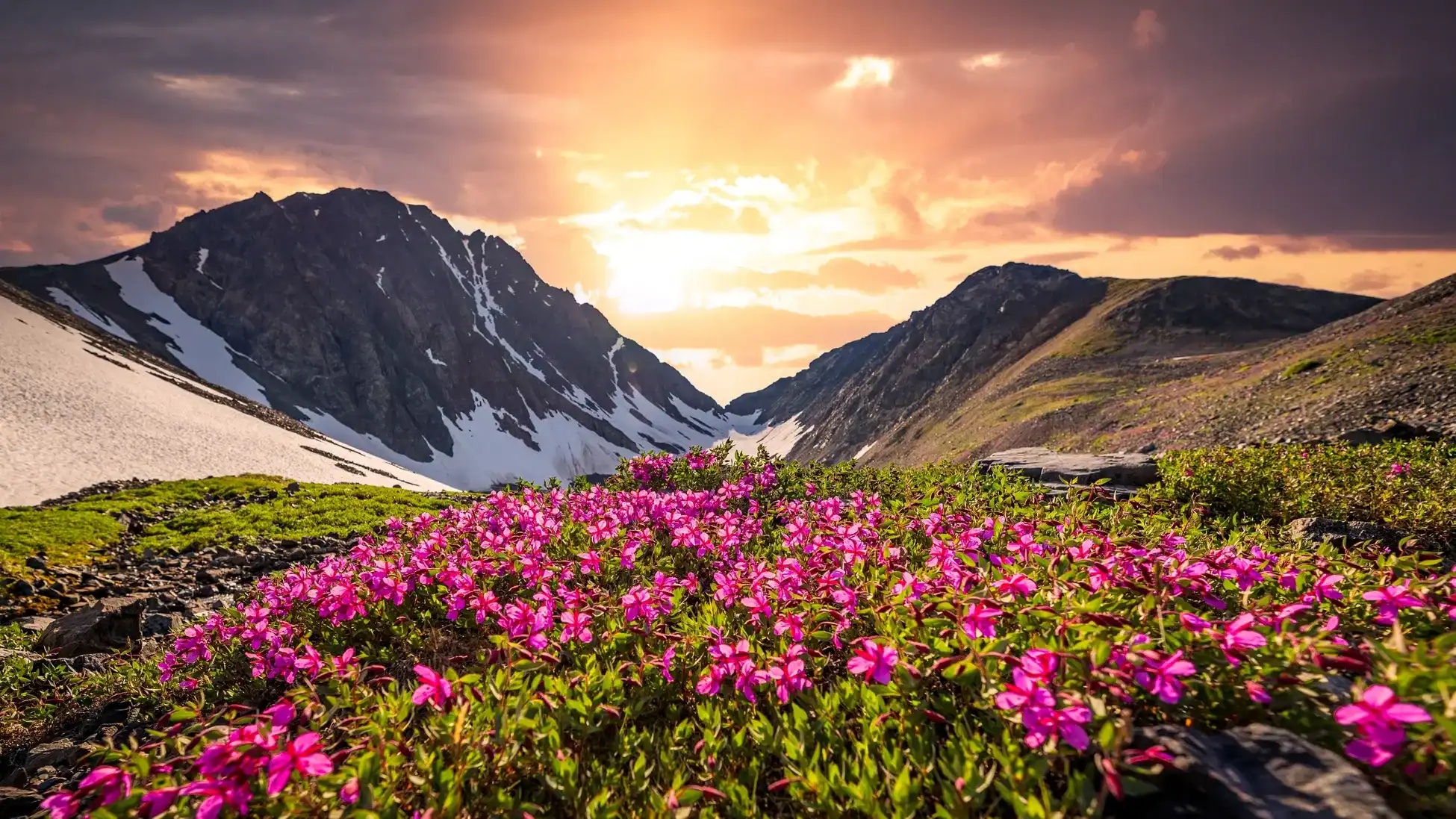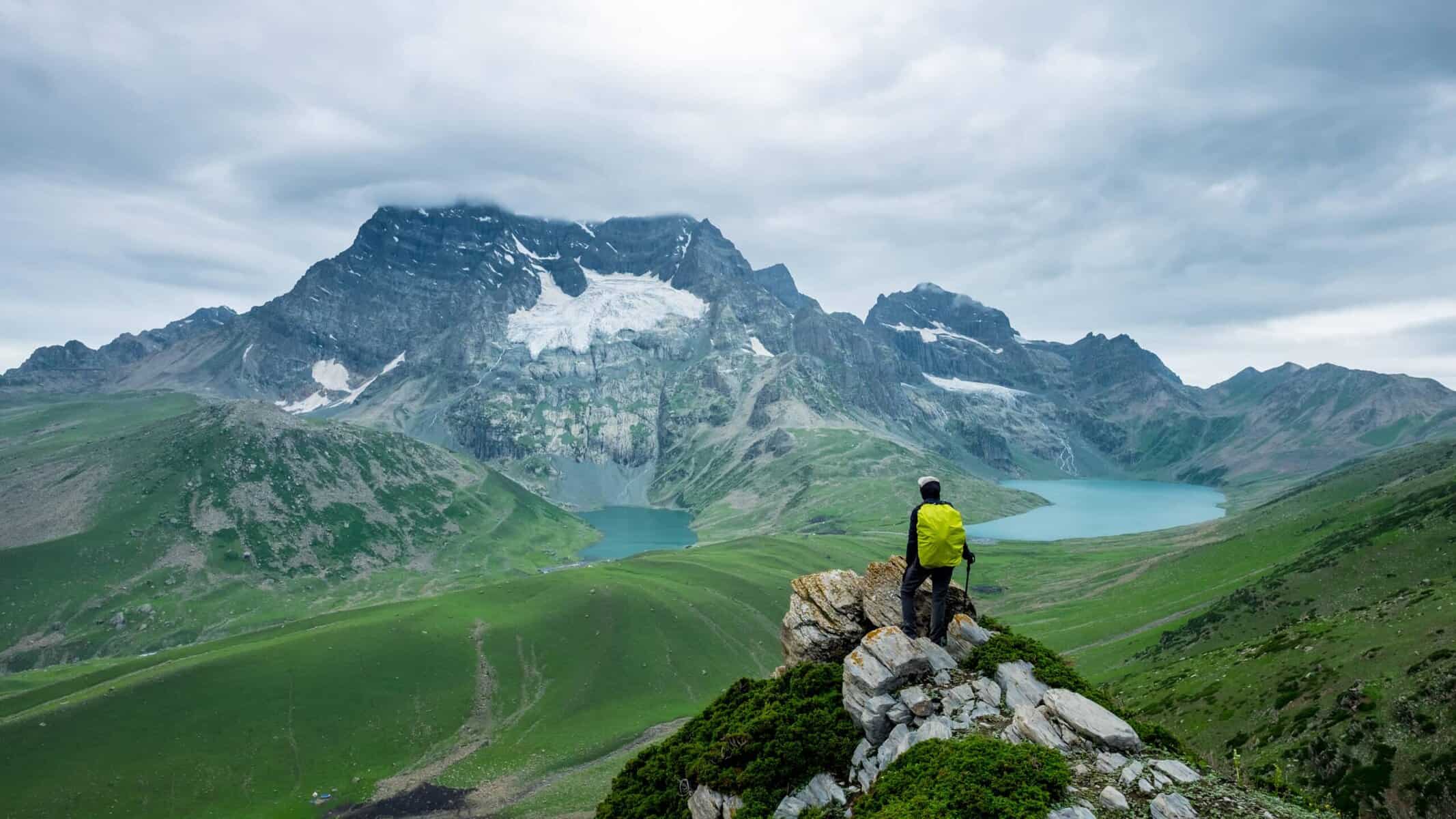Trek Grade
Difficult
Highest Altitude
17,100 ft
Base Camp
Kathmandu
Best Time
Sept to Nov
Trek Distance
130 Km
Not sure which trek is right for you? Trekup India’s Mountain Experts have you covered.
Not sure which trek is right for you? Trekup India’s Mountain Experts have you covered. From figuring out if a trek matches your fitness level to knowing who you’ll be trekking with, we’re here to answer all your questions. Reach out to our Mountain Experts and plan your trek with confidence.
Manaslu Circuit Trek
Manaslu Circuit Trek – The Hidden Gem of Nepal’s Himalayas – Begin an unforgettable 15-day trek that traces the magnificent mountain Manaslu (8,163 meters)–the eighth-highest mountain on earth. Manaslu Circuit Trek is the eighth-highest mountain in the world. Manaslu Circuit Trek is a trek at high altitudes that combines stunning landscapes remote Himalayan tradition, and pure excitement, resulting in one of the most rewarding Nepali treks.
Your trek begins at Macchakhola located in the foothills of lush vegetation and ends with Dharapani in the Dharapani region, following traversing the difficult Larkya La Pass (5,160 meters) – one of the longest and most picturesque Himalayan passes. In contrast to the more crowded Annapurna or Everest areas and the Everest region, the Manaslu trek provides an unhurried, less deeply absorbing journey and is ideal for those who want to get away from the main trail.
What Makes the Manaslu Circuit Trek Unique?
- Dramatic Atitude Variation – The route is through subtropical forest and terraced fields up to glacial valleys, high alpine and terrain.
- Stunning landscapes – Take a stroll through the long gorge of the Budi Gandaki River and cross the roaring river via suspension bridges, then walk through cascading waterfalls, hidden Hamlets.
- Undisturbed Himalayan Culture – In the evening, stay within genuine teahouses and interact with local ethnic groups like those of the Tamang, Gurung and the Nupri, a Tibetan influence people.
- Remote and Restricted – located close to the Indo-Tibetan frontier This trek needs the use of special permits in addition the attraction and exclusiveness.
- Physically Expensive – is classified as an hard-grade hike and is designed for those who are experienced and have previously had experience at high altitude.
- The best time to go – The best time to visit is for the monsoon (March through May) and post-monsoon (late September until October) seasons, when the skies are clear, and mountain views are appear at their finest.
More Than Just a Trek-It’s an Expedition
Surrounded with The Ganesh Himal in the east, and by The Annapurna Massif to the west The Manaslu area is a wild place that is difficult as well as rewarding. Every day is a new adventure, from exploring rocky trails as well as marveling at the glacier’s views and observing Buddhist monastery ruins perched upon the cliffs.
Despite being remote it is lined with a number of well-established teahouses which makes it an enjoyable and wild trek through the Himalayan mountains.
Nepal’s Manaslu Circuit Trek is an unforgettable and adventurous experience, promising an exceptional journey around Mt. Manaslu – the eighth highest peak on earth at 5,110 meters elevation! You will visit fascinating cultures while experiencing first-hand Nepali hospitality during this 15-day journey. The trek winds its way through diverse landscapes, such as lush forests, alpine meadows, and deep valleys en route to Larkya La pass. Although remote, this trek remains accessible with regular tea houses along the trekhead providing comfortable lodging. Due to its proximity to Tibet, special permits are needed in order to undertake this trek. Due to its rugged terrain and unpredictable weather conditions, experienced trekkers should opt for the Manaslu Circuit Trek; its best time of year would be March – June or September – December.
Trek Cost
Pickup from Kathmandu Airport
Call Our Mountain Experts
Fix Departure Dates
Why Choose Trekup India?
Videos by experts watch these videos to prepare well for a Successful Trek

Want To Trek Like Pro?
Basically, watch these videos if you want to trek the same way professional trekkers do and make your skills better. These videos contain useful tips and techniques to further improve your trekking skills itself. These videos actually help both new and experienced trekkers improve their trekking skills. These videos definitely provide useful tips that make your trek better. We are seeing that these videos by Trekup India experts will only help you make your trekking skills better.
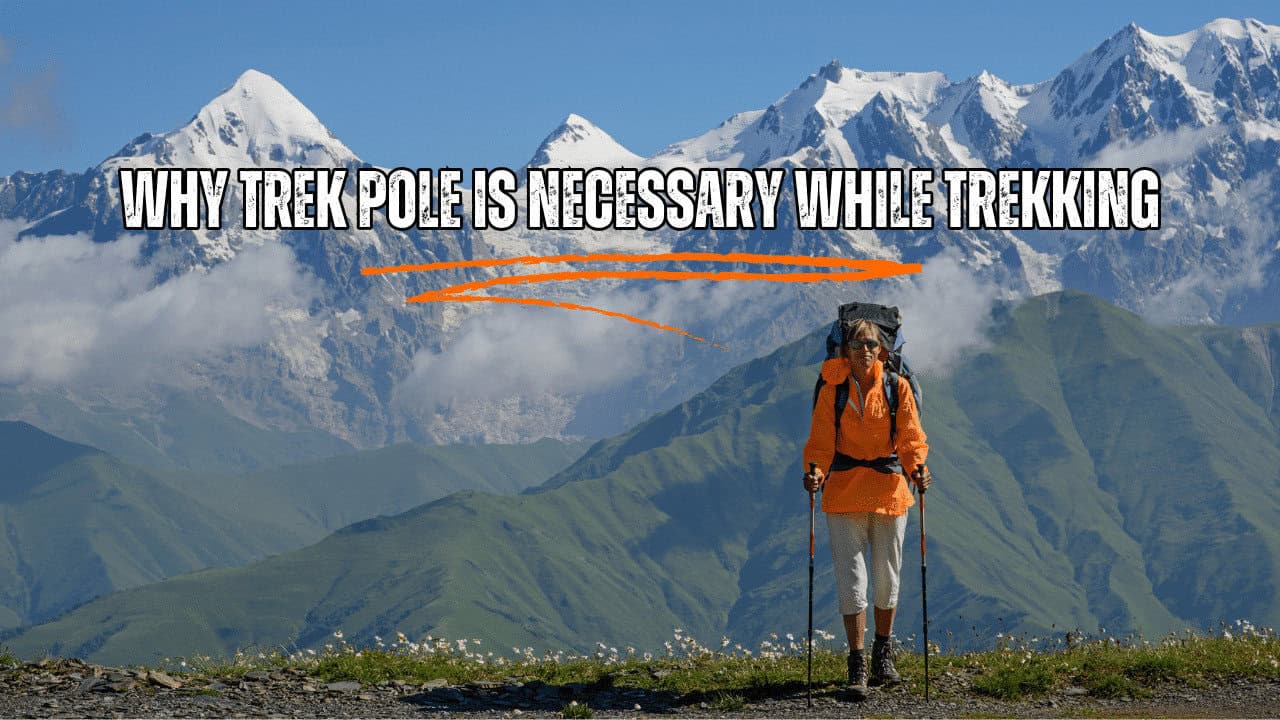
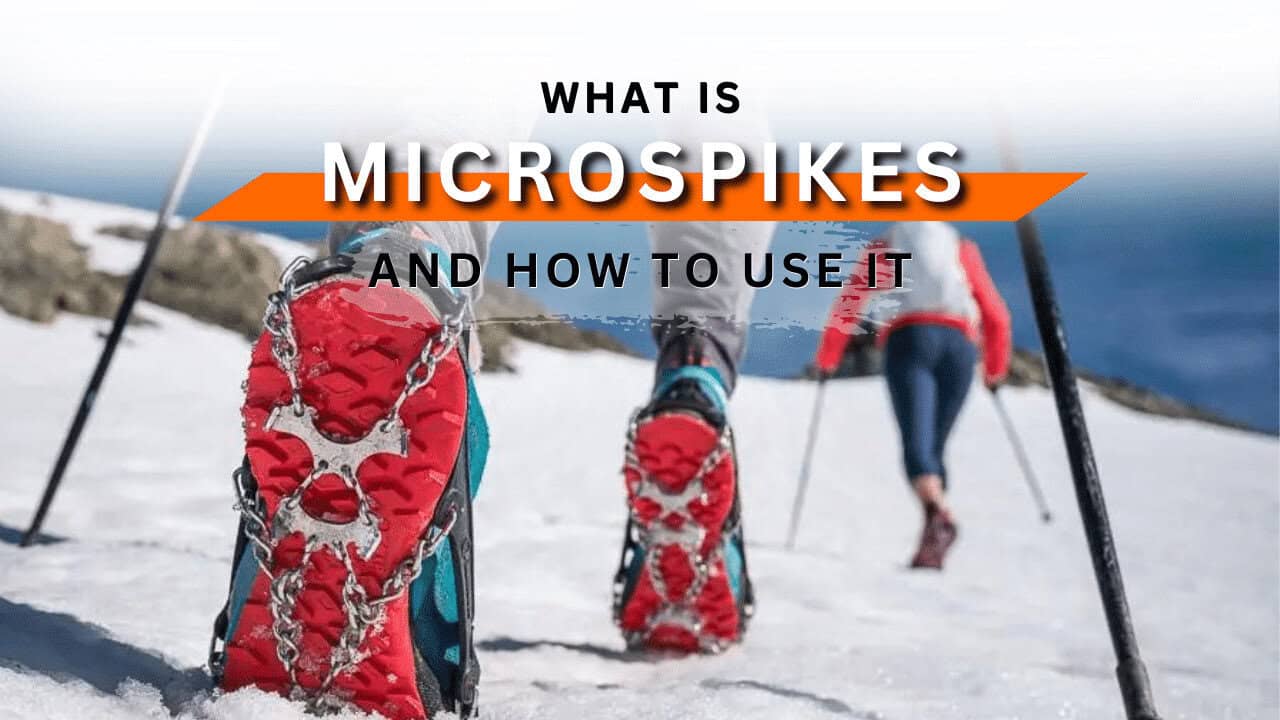
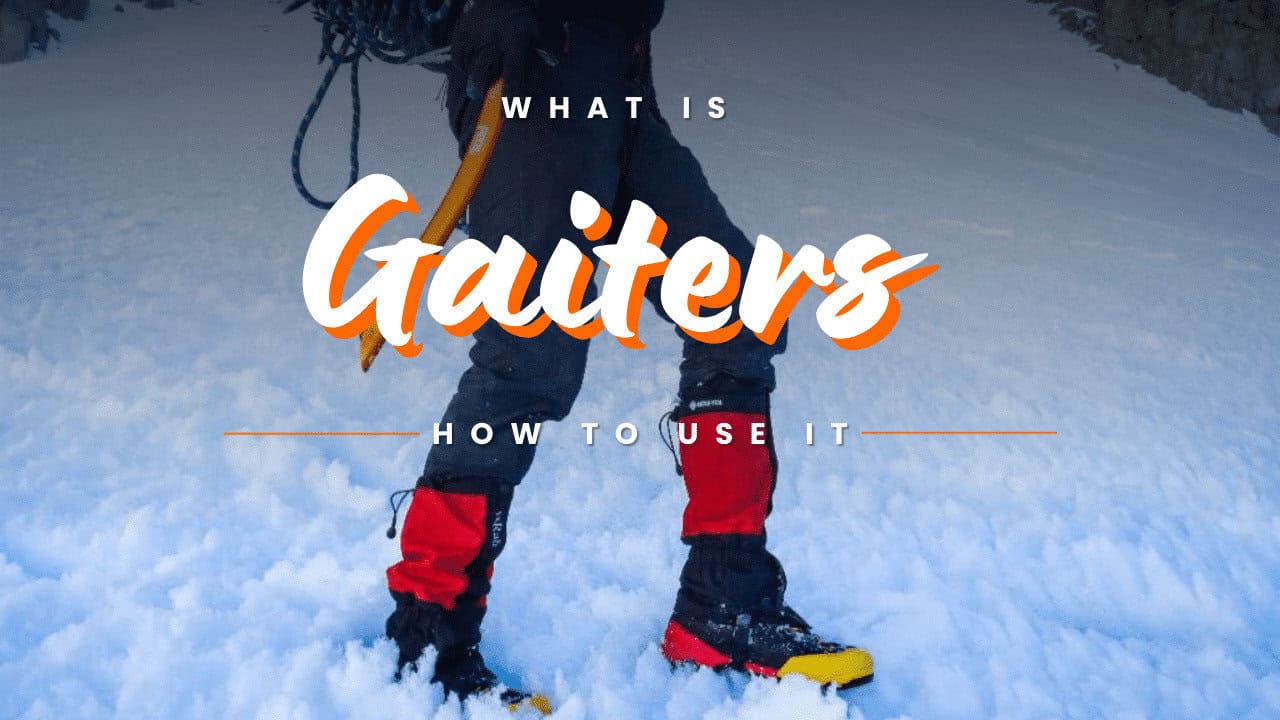
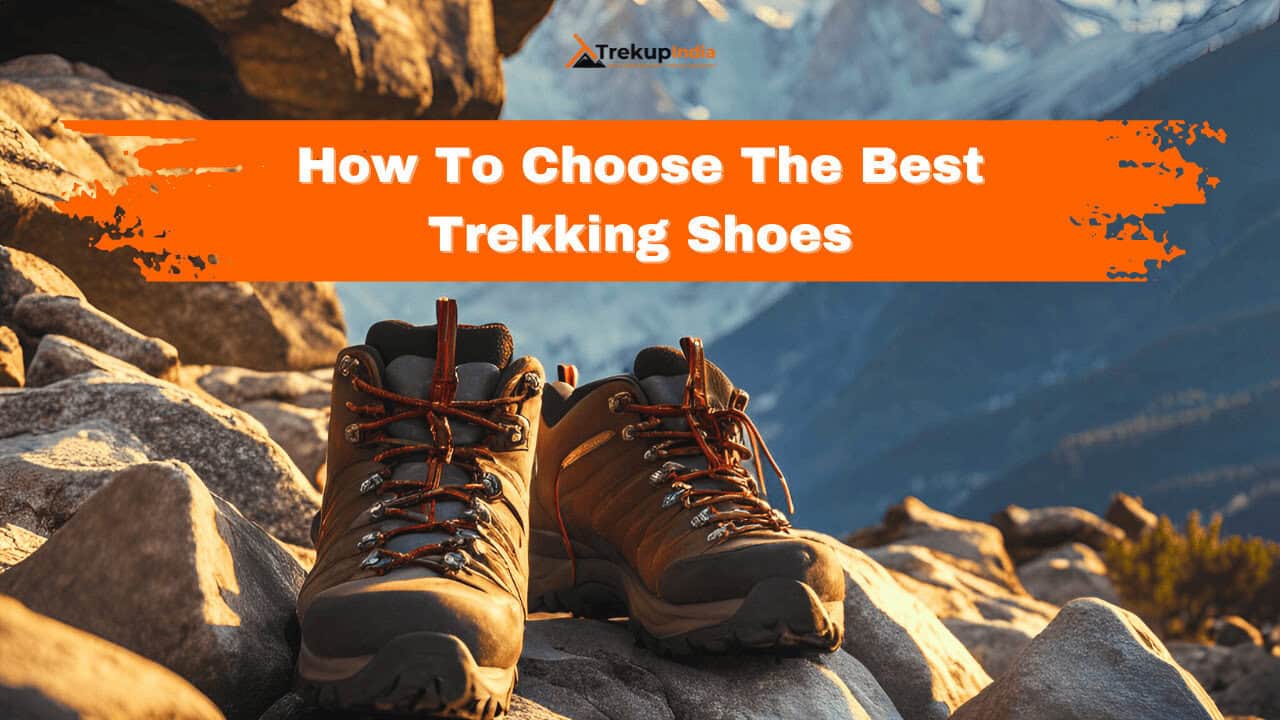
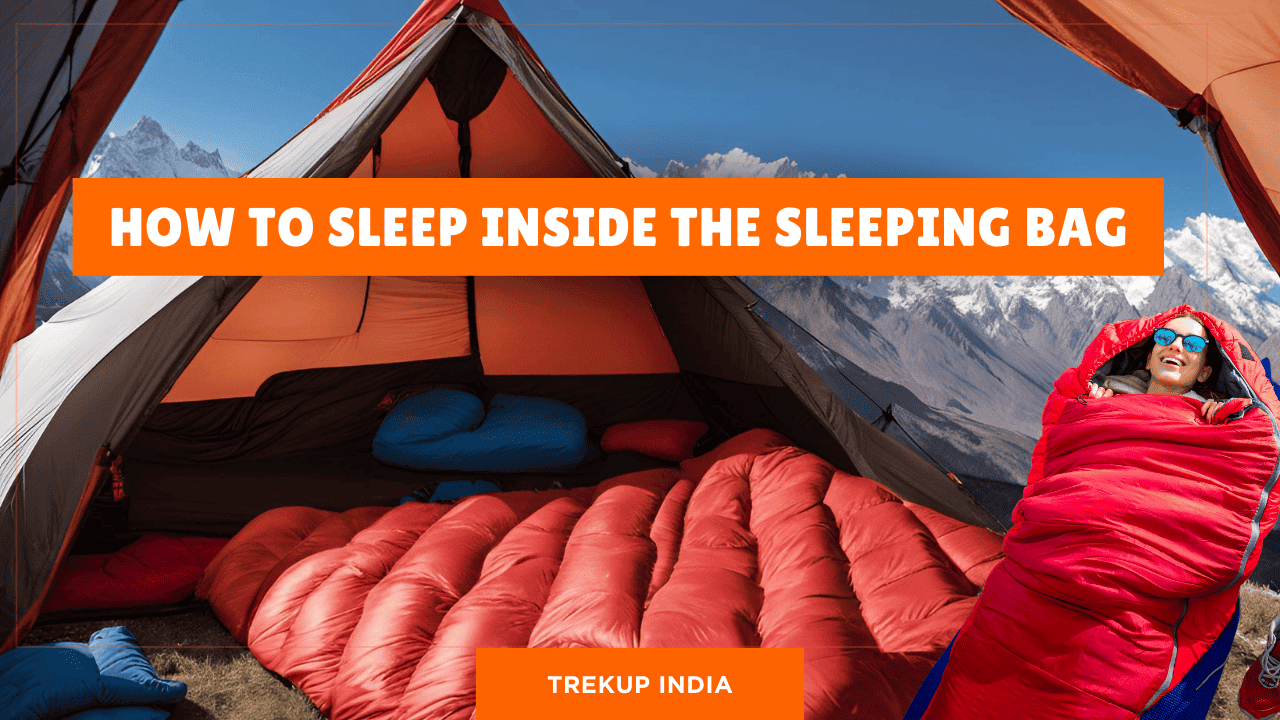
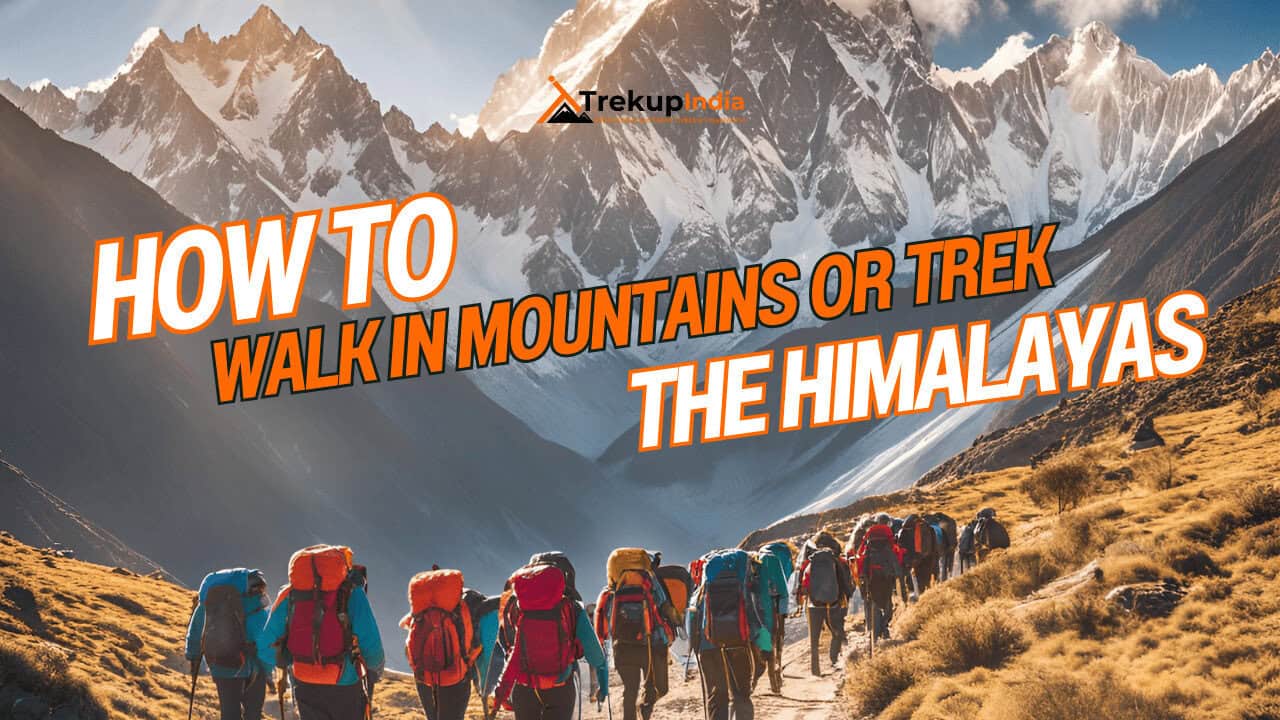
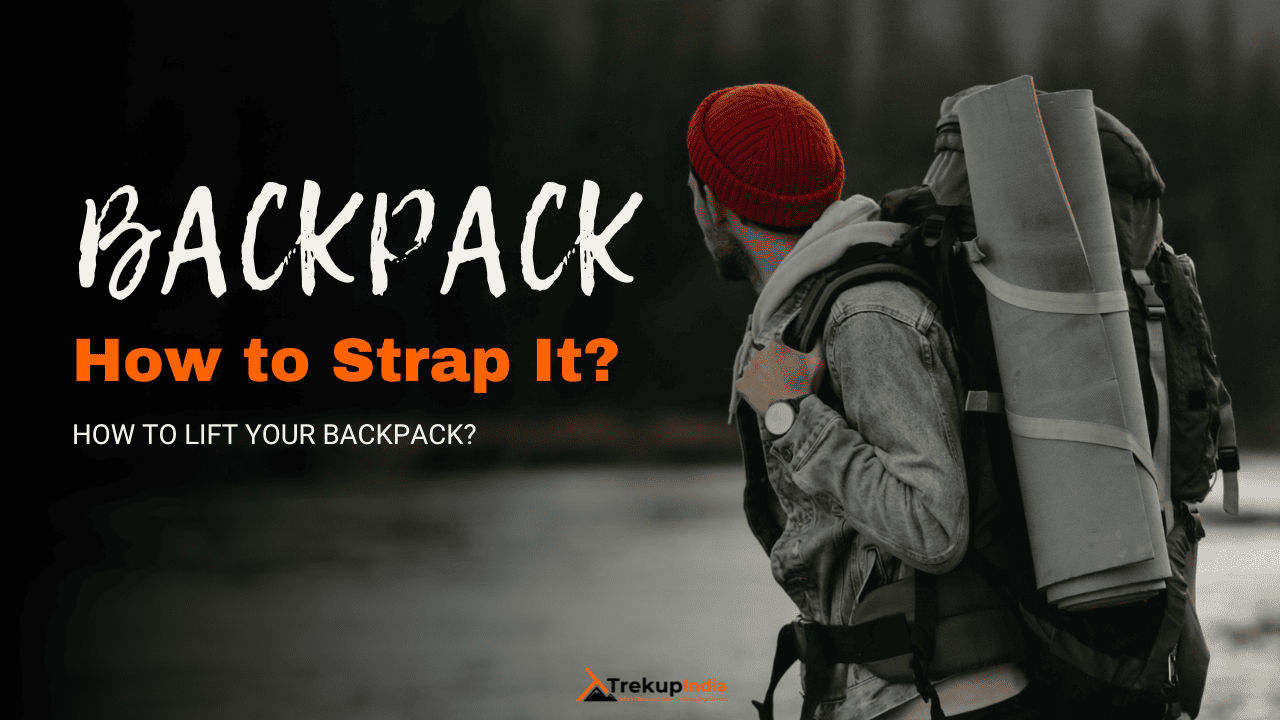
Know Everything About Acute Mountain Sickness
Acute Mountain Sickness occurs when people trek to high altitudes above 8,000 feet. This condition itself develops further due to reduced oxygen levels at such heights. Basically, as you go higher up, the air pressure and oxygen levels decrease, which causes the same problem. Acute Mountain Sickness surely causes headache, nausea, vomiting, and dizziness in affected persons. Moreover, peoples also experience difficulty in sleeping during this condition. To avoid mountain sickness, you should actually trek up slowly to higher altitudes. To learn further about this condition itself, watch the videos by Trekup India.
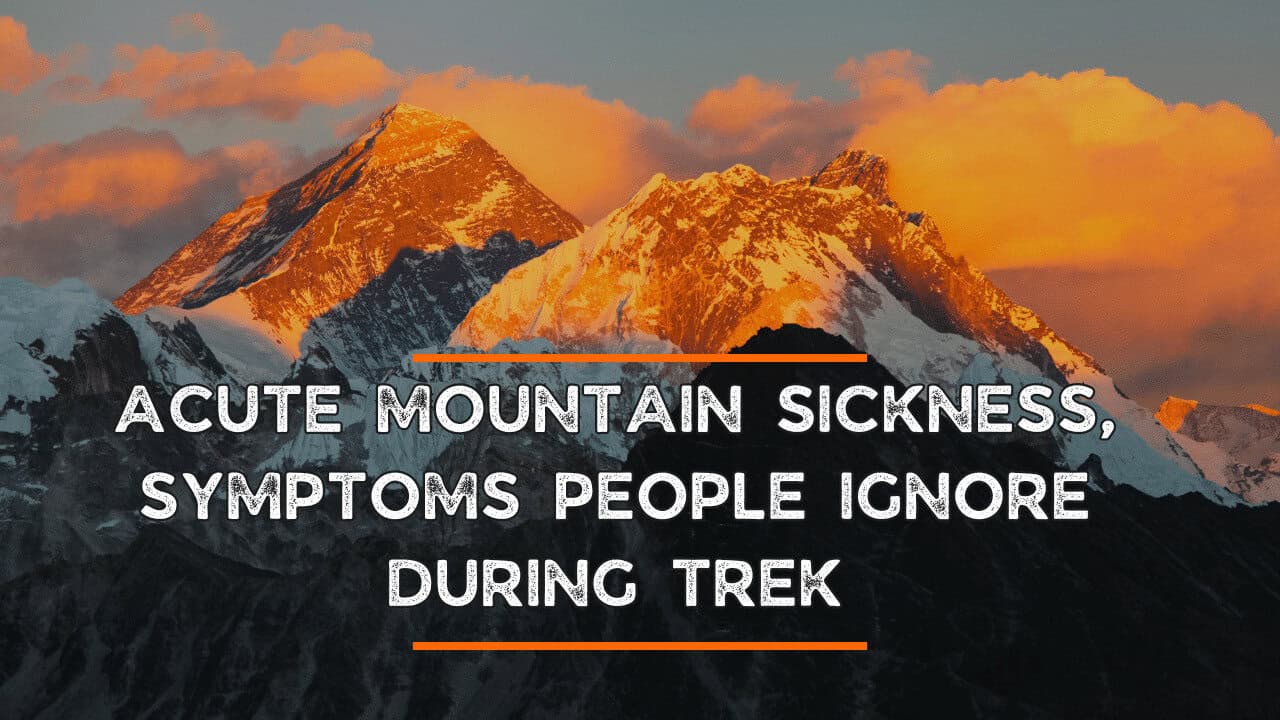
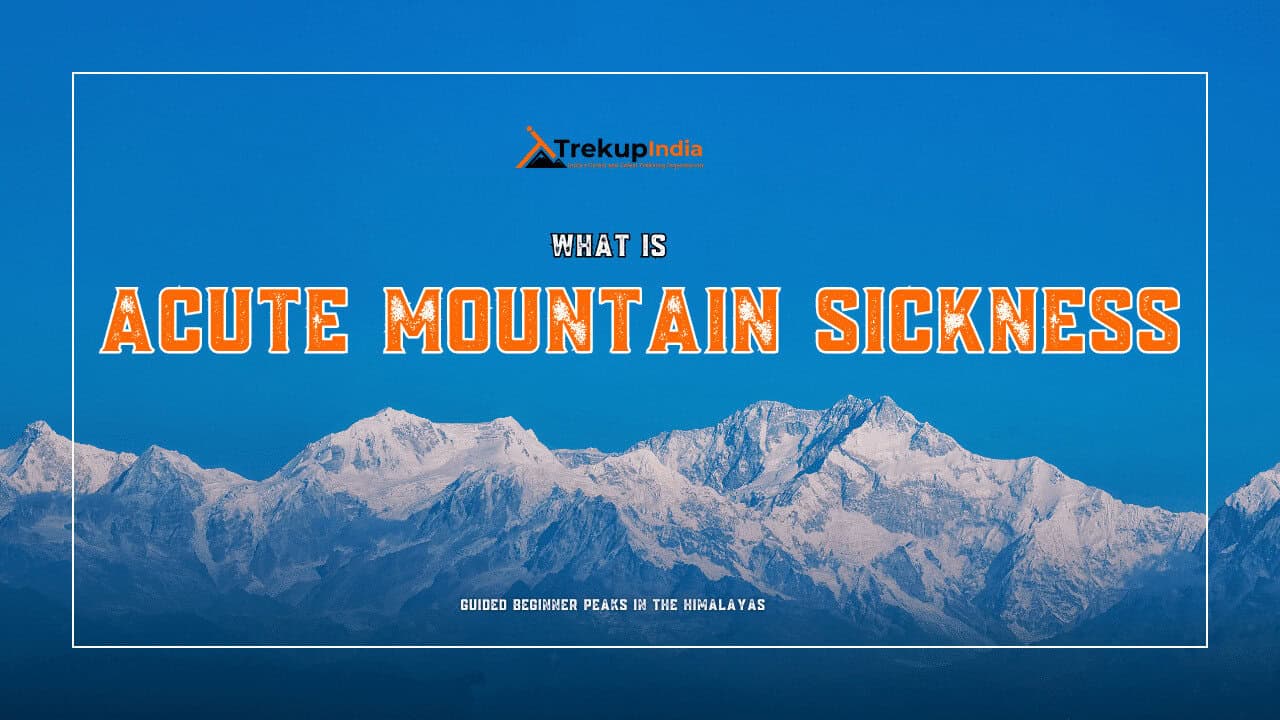
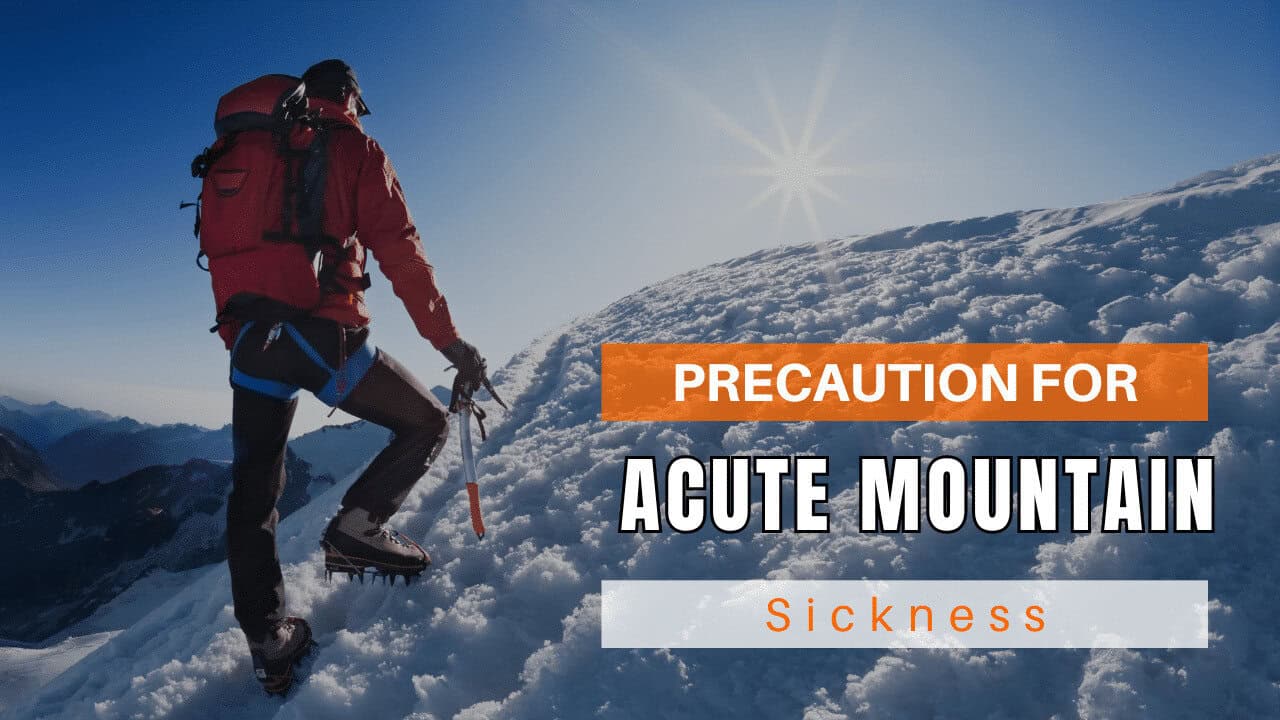
Day Wise Detailed Itinerary of Manaslu Circuit Trek
Day 1: Arrival in Kathmandu
- Altitude: 1,400 m
- Meals: None
- Water Source: Bottled or filtered hotel water
- Location Highlights: Explore Thamel Street, receive trek permits
After arriving, our staff will welcome and accompany you to your hotel, providing your initial permit. Later on that day, explore Thamel Street: an iconic area packed with restaurants, casinos, and stores offering trekking equipment and accessories.
Day 2: Kathmandu to Sotikhola via Arughat - 8 to 10 hrs Drive
- Altitude: 730 m
- Drive Distance: 160–170 km / 8–10 hrs
- Meals: Breakfast, Lunch, Dinner
- Water Source: Bottled or filtered en route
- Location Highlights: Scenic mountain views, riverside village stay
Start the day right with a hearty breakfast before embarking on an enjoyable journey from Kathmandu to Soti Khola, located along the Kathmandu-Pokhara highway. Take in stunning countryside, passing quaint villages, bustling towns, lush terraced landscapes with incredible mountain range views like Annapurna, Manaslu, Ganesh Himal, and Langtang Himal – and stay overnight in cozy lodges in Soti Khola.
Day 3: Soti Khola (720 M) to Machha Khola (900 M) - 14 km, 7 hrs
- Altitude: 900 m
- Trek Distance: ~14 km / 6–7 hrs
- Meals: Breakfast, Lunch, Dinner
- Water Source: River, filtered at teahouses
- Location Highlights: Waterfalls, rice terraces, Gurung village
After breakfast in Soti Khola, our trek will commence. You will pass through forests, rice paddies, hills, flowing streams and the rushing waters of Budhi Gandaki River as it winds its way to Khursane via rugged trek with lush waterfalls hugging steep and rocky cliff edges before descending to Labubesi where our charming Gurung community awaits before ascending again through valley running alongside a river before crossing over suspension bridge to Machha Khola where accommodation for the night will await in teahouses.
Day 4: Machha Khola (900 M) to Jagat (1370 M) - 22 km, 7 hrs
- Altitude: 1,370 m
- Trek Distance: ~22 km / 6–7 hrs
- Meals: Breakfast, Lunch, Dinner
- Water Source: Budhi Gandaki River, teahouses
- Location Highlights: Hot springs, suspension bridges
Today we’ll set off on an adventurous trek, following the river through its turbulent gorge. It will include several ups and downs before crossing at Tharo Khola to reach Khorlabesi village with its delightful hot spring and peaceful riverbank setting. Next, we’ll ascend another ridge before crossing Budhi Gandaki River via a suspension bridge, then continuing our trek until reaching Jagat village, where we will spend our nights relaxing in cozy teahouses.
Day 5: Jagat (1370 M) to Deng (1804 M) - 19 km, 7 hrs
- Altitude: 1,804 m
- Trek Distance: ~19 km / 6–7 hrs
- Meals: Breakfast, Lunch, Dinner
- Water Source: Streams, bamboo forest springs
- Location Highlights: Traditional villages, bamboo & pine forests
Today, we will embark on an expedition through different terrains such as thick forests, small streams, and traditional villages en route to Deng village. Our path will wind its way past steep canyons, grassy hillsides, spacious valleys, and bamboo forests before arriving at the Deng Khola River.
Day 6: Deng (1804 M) to Namrung (2630 M) - 20 km, 8 hrs
- Altitude: 2,630 m
- Trek Distance: ~20 km / 7–8 hrs
- Meals: Breakfast, Lunch, Dinner
- Water Source: Budhi Gandaki, village taps
- Location Highlights: Buddhist mani walls, forest trails
Today, you will cross the Budhi Gandaki River and ascend a bridge that leads through dense forests, alpine plants, and charming villages inhabited by various ethnic groups in the Manaslu region. This part of your trek holds significant cultural value; additionally, you may get to admire striking mountain peaks.
Day 7: Namrung (2630 M) to Samagaon (3530 M) - 18 km, 8 hrs
- Altitude: 3,530 m
- Trek Distance: ~18 km / 7–8 hrs
- Meals: Breakfast, Lunch, Dinner
- Water Source: Glacier-fed streams
- Location Highlights: Views of Manaslu, Lho & Sho monasteries
This route ascends gradually through wooded areas to reach Lihi before gradually descending and traversing Simnang Himal valley with Ganesh Himal range looming nearby. When entering Sho, Lho, Shayala, and Sama villages, you are treated with incredible views of Manaslu with Himal Chuli Peak, 29 Ngadi Chuli, and Manaslu itself all providing spectacular scenery accompanied by expansive glaciers forming stunning backdrops for your journey, which ultimately ends at Samagaon where cozy teahouses wait for restful night restful accommodation.
Day 8: Samagaon (3530 M) to Samdo (3875 M) - 16 km, 6 hrs
- Altitude: 3,875 m
- Trek Distance: ~16 km / 5–6 hrs
- Meals: Breakfast, Lunch, Dinner
- Water Source: Glacier streams
- Location Highlights: Broad valleys, mani walls, near Tibet border
Today we will descend to the Budhi Gandaki River and walk along many mani walls, the valley widening as we near Tibet’s border and taking us through dense juniper and birch forests before ascending sharply up towards Samdo village.
Day 9: Rest Day in Samdo (3875 M)
- Altitude: 3,875 m
- Trek Distance: Optional hike
- Meals: Breakfast, Lunch, Dinner
- Water Source: Local taps
- Location Highlights: Views of Simrang, Cheo, Manaslu range
Today is our day to take a breather and explore our surroundings. On our agenda is a trek up Samdo Valley for breathtaking views of Manaslu, Simrang, Himchuli, Cheo, and other magnificent peaks such as Manaslu.
Day 10: Samdo (3875 M) to Dharamsala (4460 M) - 11 km, 5 hrs
- Altitude: 4,460 m
- Trek Distance: ~11 km / 4–5 hrs
- Meals: Breakfast, Lunch, Dinner
- Water Source: Glacier-fed rivulets
- Location Highlights: Larkya Glacier, monasteries, high-altitude terrain
As part of our adventure, we will visit Larke Bazaar before descending to the banks of the Budhi Gandaki River and crossing a wooden bridge. We can view the Larkya glacier before ascending through the Salka Khola Valley to Dharamshala while passing numerous monasteries along our journey.
Day 11: Dharamsala (4460 M) to Bimtang (3590 M) via Larkya La (5135 M) - 24 km, 9 to 10 hrs
- Altitude: 5,135 m (Pass), 3,590 m (Bimtang)
- Trek Distance: ~24 km / 9–10 hrs
- Meals: Breakfast, Lunch, Dinner
- Water Source: Snowmelt streams, glacial ponds
- Location Highlights: Larkya Pass views, Himlung, Annapurna II
Today we will set out on an engaging and challenging trek, traversing pristine glacial lakes, picturesque villages, lush valleys, abundant plants and animals, impressive mountain peaks, as well as moraine-covered moraines that lead to Larkya Glacier’s northern part with breathtaking vistas of Cho Danda Peak and Larkya Glacier; crossing over Moraine Ridges at Larkya La Pass for amazing panoramas of Himlung Himal, Cheo Himal, Annapurna II before returning downhill to Bimthang for our final descent into Bimthang.
Day 12: Bimtang (3590 M) to Tilije (2300 M) - 16 km, 6 hrs
- Altitude: 2,300 m
- Trek Distance: ~16 km / 6 hrs
- Meals: Breakfast, Lunch, Dinner
- Water Source: Forest streams
- Location Highlights: Alpine meadows, rhododendron forests
After breakfast, we will climb to an idyllic ridge for stunning vistas of Manaslu, Lamjung Himal, Himlung Himal, and Cheo Himal. From here, our journey will lead us through idyllic alpine meadows, vibrant rhododendron forests, and fertile fields, crossing several ridges along the way before arriving at Tilije village, our final stop for the night.
Day 13: Tilije (2300 M) to Syange (1080 M)
- Altitude: 1,080 m
- Trek Distance: ~14 km / 5–6 hrs
- Meals: Breakfast, Lunch, Dinner
- Water Source: River, teahouses
- Location Highlights: Pine forests, cultural villages
Today we travel through pine and rhododendron forests as we make our way towards Syange village, where we will spend the night.
Day 14: Syangboche to Kathmandu - Drive
- Altitude: 1,400 m
- Drive Distance: ~210 km / 9–10 hrs
- Meals: Breakfast, Lunch
- Water Source: Bottled during stops
- Location Highlights: Return drive through hills and valleys
Journey times from Syange village to Kathmandu will take approximately 9 to 10 hours by car.
Day 15: Depart from Kathmandu
- Altitude: 1,400 m
- Meals: Breakfast
- Water Source: Hotel supply
- Location Highlights: Airport drop, end of services
We’ve prepared a comprehensive Trek Route Map for your upcoming adventure to Manaslu Circuit Trek, which outlines the entire journey including all stops and trails. This map provides detailed information on the terrain, distance between points of interest, and estimated travel time to help ensure a safe and enjoyable trek. We’ve carefully curated the map to ensure that you have all the necessary information at your fingertips. Please take a moment to review it thoroughly, and don’t hesitate to reach out if you have any questions or concerns.
The Trek Altitude Chart is a useful tool for Trekkers to monitor their altitude changes during their rides, allowing them to plan their routes more efficiently and track their progress over time. This Manaslu Circuit Trek chart is beneficial for both casual and experienced Trekkers, helping them make the most out of their Trek experience.
Trek Cost Inclusions
1. Accommodation (By Trekup India)
- Day 1 & Day 13 – You’ll be staying in a comfortable hotel in Kathmandu.
– Breakfast is included on Day 1.
– On Day 13, we include a nice farewell dinner.
- From Day 2 to Day 12 – Accommodation will be in local teahouses or lodges along the trail. They’re basic but cozy, and give you that warm mountain hospitality feel.
2. Meals During the Trek
- All meals are covered starting from Day 2 Lunch to the farewell dinner on Day 13.
- Food is mostly vegetarian, but we do provide eggs too if you want.
- Fresh fruits are served every night after dinner to help you recover better.
3. Trek Support Team
- Our trek leader is certified in mountaineering and has first-aid training.
- Trek Leader & Local guides will be with you throughout – the number of guides depends on how big the group is.
- There’s enough support staff to make sure everything runs smooth during the trek.
4. Trekking Gear Provided
- We provide high-altitude sleeping bags, and don’t worry, they are clean and sanitized.
- If weather or trail conditions are tough, we’ll also give you crampons and gaiters.
5. First Aid & Safety
- A full medical kit is carried on the trek, which includes:
- Stretcher
- Oxygen Cylinder
- Blood Pressure Monitor
- Oximeter
- Stethoscope
- All our guides are trained in basic first aid and mountain rescue procedures.
6. Transportation
- You’ll get airport transfers when you arrive and leave from Kathmandu.
- From Kathmandu, we take you to Machhakhola where the trek starts.
- After the trek ends, we bring you back from Dharapani to Beshisahar and then to Kathmandu.
7. Luggage & Storage
- Mules or porters will carry your main trek luggage.
- If you’ve opted for it, personal backpack porter service is also available.
- There’s a safe cloakroom facility at the base where you can store extra luggage you won’t be taking on the trail.
8. Permits & Entry Fees
- All necessary permits, conservation charges and entry fees are included for Indian nationals.
- You don’t need to worry about arranging any of that yourself.
9. Additional Inclusions by Trekup India
- If you’ve taken porter service, a trekking duffle bag is also provided.
- Once the trek is completed, we’ll give you a Trek Completion Certificate from Trekup India.
Trek Cost Exclusions
- GST 5% (it is Mandatory)
- Insurance
- Any Meals/accommodation beside the itinerary or not mentioned in the program.
- Any Bus / Airfare to/from trek start/end point
- Personal Medical expenses do carry your medication.
- Any personal services such as Laundry, phone calls, liquors, mineral water, etc.
- Any still / video camera fee
- Any Entrance fee Monuments, Monasteries, Museums, Temples – Pay directly on the spot.
- Backpack Offloading (Mule/Porter Charges)
- Offload Charges: ₹ per bag for the full trek if paid online in advance.
- On-spot Payment: Charges may increase by up to 30% if paid at the base camp.
- Weight Limit: Each bag must not exceed 10 kg.
- Note: Offloading is optional and is recommended for those who prefer to trek with a lighter daypack.
- Any emergency evacuation charges
- Any services that are not mentioned in the cost inclusion section.
What should you pack for the Manaslu Circuit Trek
Manaslu Circuit Trek is a high-altitude trek. The trekking gear you have to have for this particular trek differs from normal treks. Thus, read this whole segment. There is an important question that the trekker who is doing trek asks, like what all things to carry while trekking. Below, we have provided the details on everything you should take; an easy way to remember is by Head to foot or foot to head. We have prepared from Head to foot.
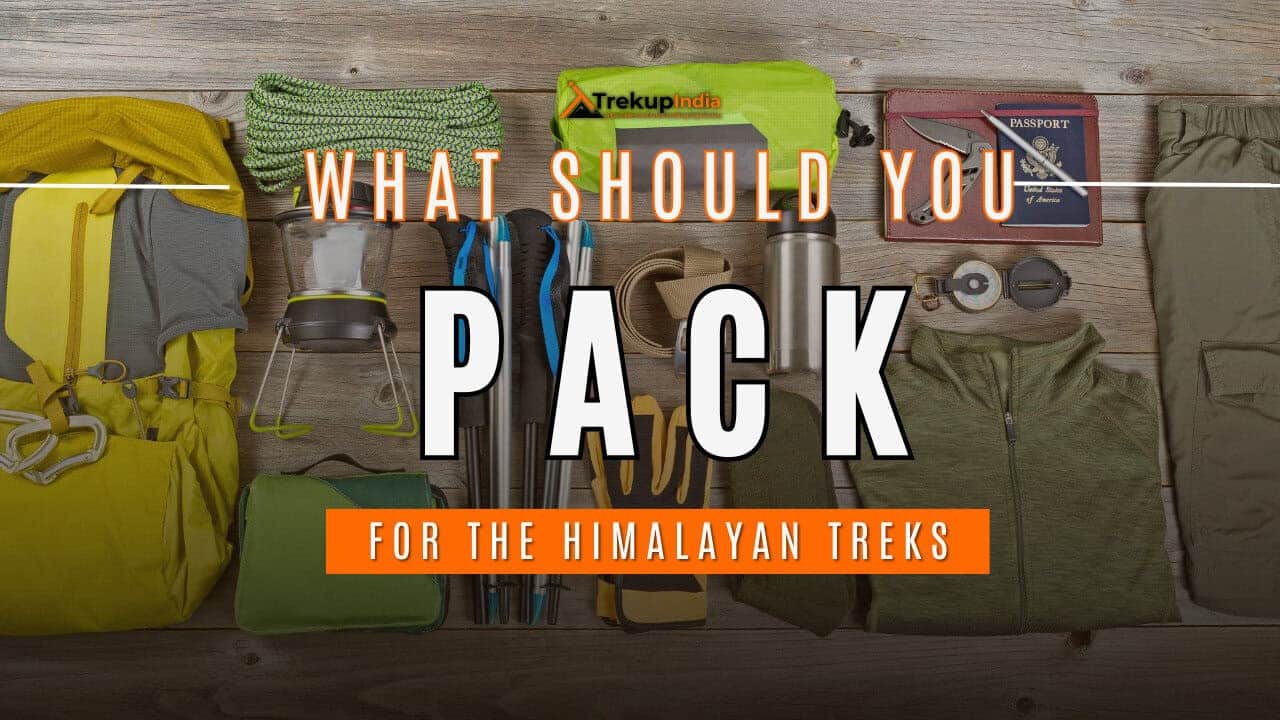
Head Gears
When trekking it's important to carry headgear to protect your head and face.
Heading out for a trek? Don’t forget to carry headgear to protect your beautiful face and head from the sun, wind, and dust! It’s an essential accessory that keeps you safe and comfortable throughout your adventurous journey. So, make sure you pack it before you step out into nature!
- Head Lamps – When trekking at night, headlamps are essential to illuminate your path while keeping your hands free. Headlamps come in different sizes and lumens, so it is essential to choose one that suits your needs.
- Hats or Cap – Caps or hats are also necessary when trekking in different weather conditions. Caps protect your head from the wind and freezing temperatures at night, while hats provide shade and protection from the sun during the day. It’s essential to ensure that your hat has a strap to prevent it from being blown away by the wind.
- Sunglasses – Sunglasses are also essential for trekking. Your sunglasses should protect your eyes from harmful UV rays and fit your face perfectly to avoid falling off while climbing, jumping, or crossing obstacles. The glass of your sunglasses should also be designed for different weather conditions to provide optimal visibility.
- Buff / Balaclava – Lastly, a buff or balaclava is a must-have to protect your mouth or neck from extreme temperatures and keep them warm. Buffs and balaclavas come in different materials, thicknesses, and designs, so it’s important to choose one that suits your needs and preferences. Depending on the weather conditions and your activities, you can wear them as neck warmers, face masks, or headbands.
Clothes
When trekking in high altitudes, prepare for cold weather by wearing layers. Layering traps heat, keeps you warm, and allows you to easily adjust your clothing as temperatures fluctuate.
Layering is important for different seasons when trekking. When planning a high-altitude trek, it is important to prepare for the cold weather. Wearing layers is the best approach as it provides both protection and flexibility when the weather changes frequently in the mountains. Layering helps to trap heat and keep your body warm, while at the same time allowing you to easily adjust your clothing as the temperature fluctuates. By wearing layers, you can enjoy your trek comfortably and stay safe in the unpredictable mountain weather
- For spring, summer, and monsoon treks, consider wearing three layers: a woollen sweater, a fleece, and a padded jacket.
- For autumn treks, add one more fleece layer to make it four layers.
- For winter treks, you may need five layers with thermals, a woollen sweater, two fleeces, and a padded jacket.
- T-shirt/sleeve shirt– Bring three T-shirts and two quick-dry trek pants, wearing one and carrying the others. Long sleeve shirts help to protect from sun UV rays. We recommend synthetic T-shirts as they get dry quickly when they get wet.
- Hiking / Trekking Jacket– down jackets (-5 to-10 C) or two-three-layer jackets.
- Thermals– at least two pairs of thermals help keep the body warm during cold weather.
- Undergarments– you can carry them according to your habitual and hygiene requirements.
- Gloves– 1 pair of gloves will keep your hand warm and nice.
- Trek Pants– Bring 2 to 3 comfortable trekking pants. Trekking pants play a significant role, as they are designed for comfort and mobility, making trekking easier. It should be Synthetic so that it gets dry quickly when wet.
- Rain Wear– you can carry a raincoat or Poncho. During long rains and snowfalls, the waterproof jackets start leaking. Still, the Poncho and raincoats keep you dry, so choose accordingly.
Tip: If you choose a raincoat on your trek, carry a small waterproof cover so things inside your backpack can’t get wet. If you carry a Poncho, you don’t need to worry. It protects both you and your backpack.
Foot Gears
When it comes to planning a trek, one of the most important aspects is to ensure that you have the right kind of foot gear.
- Trekking shoes which are waterproof and have ankle support. Walking / Hiking sandals which can be used off the trek, i.e., in the morning and evening hours when you reach the campsite, basically to get your feet rest from heavy boots, sometimes used for crossing streams and rivers, it’s more comfortable and safer than crossing barefoot or wetting your shoes. Sneakers (Optional) can be worn for normal driving days or used around the camp.
- Socks– you should at least carry 3 to 4 pairs.
- Microspikes & Gaitorswill be provided by Trekup India when required. You don’t have to carry them.
Personal First Aid Kit
Don't forget to pack your personal first aid kit! It's always better to be safe. So, make sure you're prepared for any unforeseen circumstances.
Below are some common medicines generally required/used during your adventure trip; however, please consult your doctors prior.
- Antiseptic towel or water syringe (to clean the wound)
- Butterfly bandage for a small cut
- Cotton and elastic bandages and sterile gauze pad for larger wounds
- Latex gloves are used when the wound bleeds.
- Medicine for Diarrhea (Upset stomach)
- Medicine for cold, flue/fever, headache
- Some pain killers
- ORS pouches
- Quick pain relief spray (External use)
- Any personal medicine prescribed by your doctor
- Dimox / Similar for high altitude sickness
- Bug Repellent
- Carry some nutria/energy bars and drinks (non-alcoholic)
- Note: Kindly consult your doctor before purchasing or taking any medicine.
Gadgets and Other Items
You might also consider bringing a camera, binoculars, portable charger, and snacks. Be well-prepared and tackle any trail with confidence.
- Trekking Poles
- Mobile phone
- Camera
- Spare batteries for phone and camera, power bank
- Lightweight flashlight or headlight
- A waterproof bag made of plastic is used for the camera.
- Plug/converter for electrical items
- 1-litre water bottle
- A journal with a pen would be a good idea to keep your notes.
- Some book of your interest for the ideal time
- Get into the habit of maintaining a Map and guidebook of the region.
Hygiene & Personal toiletry
Remember to pack hygiene and personal toiletry items such as soap, shampoo, toothbrush, toothpaste, deodorant, and toilet paper.
- Sunscreen with UV protection to shield your skin from harmful rays
- 1 or 2 small quick-drying towels to help you dry off quickly in case of rain or sweat
- Toilet paper, tissues or wet wipes for maintaining hygiene while on the trek
- Toothbrush, toothpaste, and mouth freshener to keep your mouth clean and fresh throughout the journey
- Deodorant or talcum powder to help you stay fresh and odor-free, especially during hot and humid climates
- Shampoo to keep your hair clean and healthy
- Sanitary pads or tampons (for female trekkers) to manage menstrual cycles
- Lip-gloss or salve to protect your lips from dryness and chapping
- Bio-degradable soap to keep yourself clean and hygienic while on the trek
- Nail clipper and other personal items that you use daily
Compulsory Documents to Carry
There are certain documents that you should always carry with you. These documents are not only necessary for your safety and security, but they may also be required by local authorities.
These files must be submitted to the Forest Department before your trek. With none of these, you will not be permitted to trek—original and photocopy of government photo identity card. Carry IDs like Aadhaar, voter ID, etc.
How To Plan Your Trek & Reach Kathmandu, Nepal?
Starting Point: Soti Khola, Gorkha District. Finish Point: Dharapani.
By Road: (Approximately 8-10 Hours of travel time) From Kathmandu, take a bus/jeep from Arughat and Soti Khola towards Gorkha (Kantipur). Transport from Dharapani to Besisahar and back, followed by trekking. Finally, return back to Kathmandu at the conclusion of your trek.
Fitness Required & Preparation Guide For Manaslu Circuit Trek
If you’re preparing for a Manaslu Circuit Trek, Trekup India recommends jogging as part of your fitness routine. Jogging helps work out the same muscle groups that you’ll use during trekking and can help you build endurance. You don’t need any special equipment to get started.
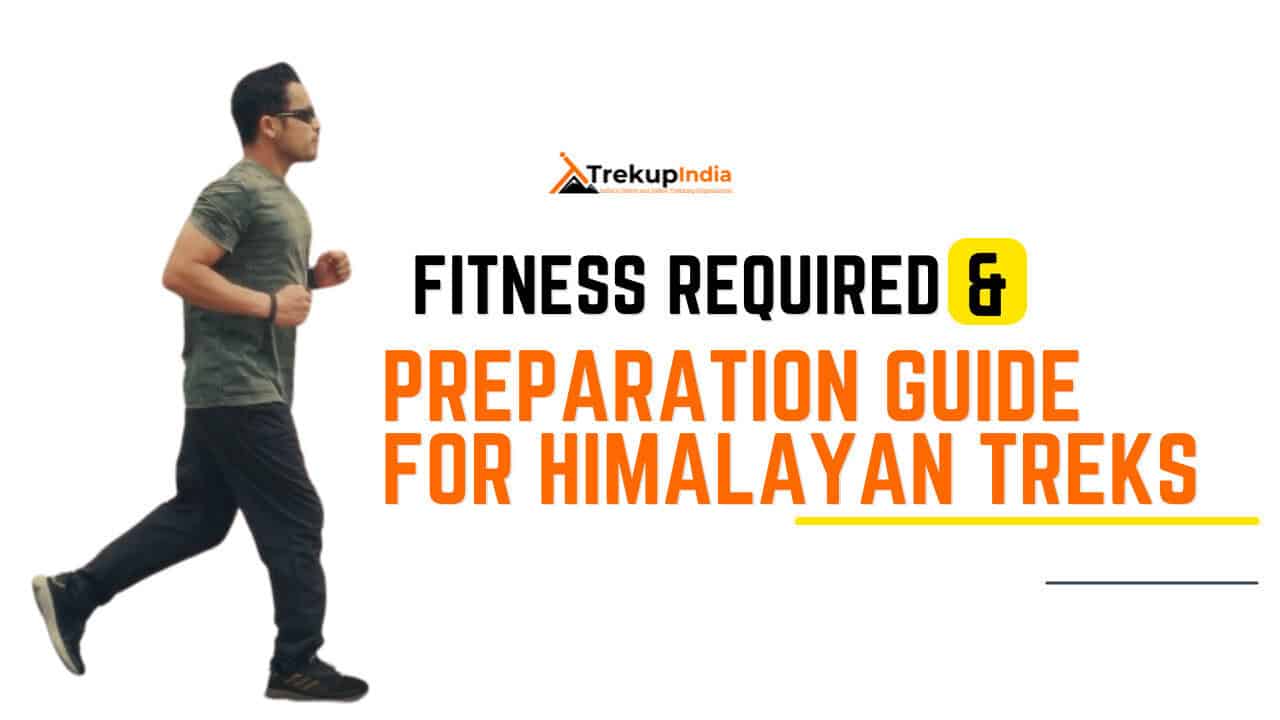
Fitness Target
Trekup India has put the Manaslu Circuit Trek into an easy-to-moderate-grade-level trek.
For Easy – Moderate Treks – In order to be well-prepared for your upcoming trek, it is recommended that you focus on building your endurance by aiming to cover a distance of 4.5 kilometers in less than 45 minutes. This will help you to develop the necessary stamina and strength required to successfully complete your journey.
How to Achieve This Fitness Target?
To start preparing for your trek:
- Try jogging for at least five days every week.
- If you find 4.5 km too difficult at first, begin with 2 km and gradually increase over 2-3 weeks.
- Once you feel more comfortable running 4.5 km, focus on improving your speed gradually on a daily basis.
It is important to ensure that you can consistently complete 4.5 km in under 45 minutes for at least two weeks before your planned trek. Allow yourself 6-8 weeks to prepare physically for the journey.
Strength Training exercises that benefit Trekking
Trekking is an activity that demands a good level of strength.

Trekking is a demanding activity that requires good cardiovascular endurance, muscular strength, and overall fitness. To help you prepare for your trek, incorporating bodyweight exercises into your training routine can be an effective way to build strength, improve stability, and enhance endurance, all of which are crucial for a successful trek. In this regard, here’s a breakdown of body weight exercises categorized by the specific body parts they target and the benefits they offer during trekking.
1. Lower Body Exercises
Lower body exercises like squats and lunges are great for building lower body strength, essential for trekking.
a. Squats
Squats are an excellent exercise for building lower body strength, essential for trekking. They target the quadriceps, hamstrings, glutes, and calves. Solid quadriceps and glutes provide power for ascending and tackling uphill climbs, while vital hamstrings aid stability during descents. This is particularly helpful in navigating uneven terrain during trekking.
How to perform Squats Exercises:
- Stand with feet shoulder-width apart, toes pointing slightly outward.
- Lower your body by bending your knees and hips, keeping your back straight.
- Lower until your thighs are parallel to the ground or as low as comfortable.
- Push through your heels to return to the starting position.
b. Lunges
Lunges target the quadriceps, hamstrings, glutes, and calves. They improve lower body strength, balance, and stability, crucial for maintaining control on rocky trails and steep slopes. Additionally, they enhance flexibility, reducing the risk of injury while trekking.
How to Perform Lunge Exercises:
- Stand with feet hip-width apart, hands on hips or sides.
- Take a step forward with one foot, lowering your body until both knees are bent at 90-degree angles.
- Push through the heel of your front foot to return to the starting position.
- Repeat on the other side, alternating legs.
2. Upper Body Exercises
Upper body exercises such as push-ups and pull-ups effectively strengthen the upper body, especially the chest and shoulders, which are essential for carrying a backpack during treks.
a. Push-Ups
Targets: Chest, shoulders, triceps, and core.
Benefits for Trekking: Push-ups are an effective exercise to strengthen the upper body, especially the chest and shoulders, essential for carrying a backpack during treks. Improved upper body strength will also help maintain posture and stability while traversing challenging terrain.
How to Perform Push-Ups Exercises:
- Start in a plank position with hands shoulder-width apart and body in a straight line from head to heels.
- Lower your body by bending your elbows until your chest nearly touches the ground.
- Push through your palms to return to the starting position.
- Keep your core engaged throughout the movement.
b. Pull-Ups/Bodyweight Rows:
Targeting the back, biceps, and shoulders can significantly benefit trekking. You can strengthen these muscle groups by performing pull-ups or bodyweight rows and improve your posture and balance while carrying a backpack. Additionally, more muscular back muscles can help reduce the risk of back strain and fatigue during long treks, making your journey safer and more comfortable.
3. Core Exercises
Core exercises like planks and Russian twists can help strengthen the core muscles, which are crucial for maintaining stability and balance while trekking on uneven terrain.
a. Planks
Targets: Abdominals, obliques, and lower back.
Benefits for Trekking: Planks are an effective exercise that helps strengthen the core muscles. These muscles are crucial for maintaining stability and balance while trekking on uneven terrain. A strong core also helps improve posture, reducing the risk of back pain and fatigue during extended hikes.
How to Perform Planks Exercises:
- Start in a plank position with elbows directly under shoulders and body in a straight line from head to heels.
- Engage your core and hold the position, avoiding sagging or arching the back.
- Keep breathing steadily and hold for the desired duration.
b. Russian Twists
Targets: Obliques, abdominals, and lower back.
Benefits for Trekking: Russian twists engage the core muscles, particularly the obliques, improving rotational stability and balance. Enhanced core strength helps prevent injuries and improves overall performance during trekking.
How to Perform Russian Twist Exercises:
- Sit on the ground with knees bent and feet flat, leaning back slightly to engage the core.
- Clasp hands together and twist the torso to one side, bringing the hands towards the ground beside the hip.
- Return to the centre, then twist to the other side.
- Continue alternating sides for the desired number of repetitions.
4. Full Body/Cardiovascular Exercises
Full-body/cardiovascular exercises like burpees and mountain climbers are excellent for improving cardiovascular endurance, strength, and agility.
a.Burpees
Burpees are an excellent full-body exercise that targets your legs, chest, arms, and core. This exercise dramatically benefits trekking enthusiasts, improving cardiovascular endurance, strength, and agility. Regularly incorporating burpees into your workout routine can enhance your overall fitness level, which can help you endure long hikes and rugged terrains with ease.
How to Perform Burpees Exercises:
- Start in a standing position.
- Squat down and place hands on the ground.
- Jump feet back into a plank position.
- Perform a push-up.
- Jump feet back to the squat position.
- Explosively jump up into the air, reaching overhead.
- Land softly and repeat the sequence.
b. Mountain Climbers
Mountain climbers target the core, shoulders, chest, and legs. This dynamic, full-body exercise can significantly improve cardiovascular endurance and agility. It is an excellent functional workout for trekking preparation as it engages both the upper and lower body muscles while strengthening the core muscles.
How to Perform Mountain Climbers Exercises:
- Start in a plank position with hands shoulder-width apart and body in a straight line from head to heels.
- Drive one knee towards the chest, then quickly switch legs, alternating in a running motion.
- Keep the core engaged and the hips stable throughout the movement.
- Continue at a moderate to fast pace for the desired duration.
Incorporating bodyweight exercises into your training routine can help you build strength and endurance and prepare your body for the physical demands of trekking. Consistency and proper form are crucial to maximizing the benefits of these exercises and ensuring a safe and enjoyable trekking experience. Engaging your core muscles, including obliques, abdominals, and lower back, with Russian twists can improve your rotational stability and balance, preventing injuries and enhancing overall performance during trekking.
When incorporating strength training exercises into your workout routine, it’s essential to maintain proper form and technique to avoid injury. Start with lighter weights and gradually increase the intensity as you progress, focusing on compound exercises targeting multiple muscle groups simultaneously. Some examples of practical strength training exercises for trekking include squats, lunges, deadlifts, and pull-ups.
Remember to give your muscles time to recover between workouts, and remember to stretch before and after your workouts to prevent injury and improve flexibility. Combining strength training with jogging and proper stretching allows you to take your fitness to the next level and confidently tackle even the most challenging treks.
Our Trekkers Reviews And Expriences
Posted onTrustindex verifies that the original source of the review is Google. Experience with TREKUP INDIA is good. Food, accommodation, staff behaviour is too good.. Location of all camps is too much good wrt to other camping sites. Camping sites are to clean.. THANKS TREKUP INDIAPosted onTrustindex verifies that the original source of the review is Google. Awesome experience The food was excellent Special shoutout to our trek leaders Vivek and Abinav for constant supportPosted onTrustindex verifies that the original source of the review is Google. Had Amazing experience with trekup Trek guides and food was amazing. Both trek leaders Abhinav and vivek were well behaved and experienced and helped a lot. And food was amazing as well. Always suggested.Posted onTrustindex verifies that the original source of the review is Google. Heads up to Trekup India for organizing our trek to Dayara Bugyal it was an owesom experience with them special shoutout to trek leaders Abhinav and Vivek Rana for well planned and execution of entire trekPosted onTrustindex verifies that the original source of the review is Google. @vivek @abhinav thank you guys for giving us a awesome experience for dayara bugyal trekPosted onTrustindex verifies that the original source of the review is Google. My first solo trekking with Trekup India best trek in my life till now. Future treks I will must try with Trekup India 👌✌️🫰🤟Posted onTrustindex verifies that the original source of the review is Google. I had an awesome experience with TrackUp India for my Kedarkantha trek! Our guides, Arpit and Sunil sir, were absolutely amazing — super supportive, friendly, and always there to help. Everything was well-managed, from proper guidance to timely meals. The whole journey felt safe, organised, and memorable. Highly recommended for anyone planning a trek!”Posted onTrustindex verifies that the original source of the review is Google. We did the Dayara Bugyal trek with Trek Up India, and it was an excellent experience overall. The trek was well-organized, and the team took great care of everyone. Our trek leaders, Abhinav Lingwal and Vivek Rana, were professional, supportive, and made the journey enjoyable. The cooks, Nitesh Rana and Vinod Rana, served delicious pure vegetarian food, which made us more than happy — it felt homely even in the mountains. Driver Bipin Rawat drove safely and confidently through tough roads, and Nikita from the operations team managed the coordination very smoothly right from the start. The team’s effort really showed in how well everything ran. My only suggestion would be to have a few more options or arrangements for when the temperature drops go extreme low temperatures specially at night at the campsite. Overall, a great trek, great service, and a great team. Would definitely recommend Trek Up India.Posted onTrustindex verifies that the original source of the review is Google. I recently completed the Dayara Bugyal Trek with Trek Up India, and I must say, it was an absolutely unforgettable experience from start to finish! Right from the beginning, Aditya (Sales) was super helpful and patient with all my queries. He guided me perfectly through the booking and preparation process. Nikita (Operations Executive) ensured everything ran smoothly and kept us updated with all the logistics — really professional and approachable throughout! Once on the trek, we were led by Trek Leaders Abhinav and Vivek, who were both exceptional. Their knowledge, motivation, and calm attitude made the entire journey so much more enjoyable and safe. A special mention to Vinod, the ever-energetic and fun-loving guy who kept the vibes high and the group laughing even on the toughest climbs. The food was another highlight — delicious, fresh, and comforting at those altitudes. Hats off to the cook and kitchen team for preparing such quality meals every single day in such remote conditions. And then, the views… absolutely surreal! From snow-clad peaks to lush meadows, every turn offered something breathtaking. The panoramic views of various Himalayan ranges were simply magical — no photo can truly capture what your eyes witness there. Lastly, what made this trek even more special was the amazing group of people I met along the way. Everyone had their own story, their own reason for being there, and together we created memories that will stay with me forever. Big thanks to the entire Trek Up India team for curating such a wonderful experience. Highly recommend them to anyone looking to explore the Himalayas with a mix of professionalism, warmth, and fun!Posted onTrustindex verifies that the original source of the review is Google. Its been always an amazing experience with Trekup India.This was my third trek with them.The support staffs are generous, humble and honest also the quotations for treks feasible for me.
We provide only Indian vegetarian food, and your meal will mainly consist of Indian bread, vegetables, lentils, rice, and a delicious dessert. During your trek, we will serve three meals a day, including breakfast, lunch, and dinner. You will also be served tea, snacks, and lip-smacking soup in the evening before dinner. If it is a long day of trekking, you will be given a packed snack.
After extensive research on the trekkers’ nutritional requirements, we prepare the menu. Before putting all the meals together, we also consider the altitude and the weather.
The meal we serve during the trek is perfectly balanced with calories, carbohydrates, vitamins, protein, fibre, and minerals. You need to know that all our cooks have great expertise in cooking and have undergone thorough training. So, get ready to enjoy delectable and lip-smacking dishes during your trek. You will be served with lemon tea in the tent to start your day with a refreshed feeling. Before leaving the campsite for trekking, you will be given a hot finger-licking breakfast like upma, Aallu Prantha, Besan Chilla, Poha, Daliya, Corn flakes, and Maggie, along with tea or coffee.
If your trek is longer, we also offer some fresh local fruits such as apples and healthy drinks like Frootie or Maaza. In the afternoon, you will be served a simple & healthy lunch, while at around 04:00 pm, you will be given tea and a light evening breakfast. After you reach your campsite at night, you will be served a hot and delightful dinner.
After reading this, you must have understood the food we provided on the trek; you don’t need to worry about food. Many trekkers repeatedly trek with us because of the food we provide. Thus, we will give you unforgettable experiences.
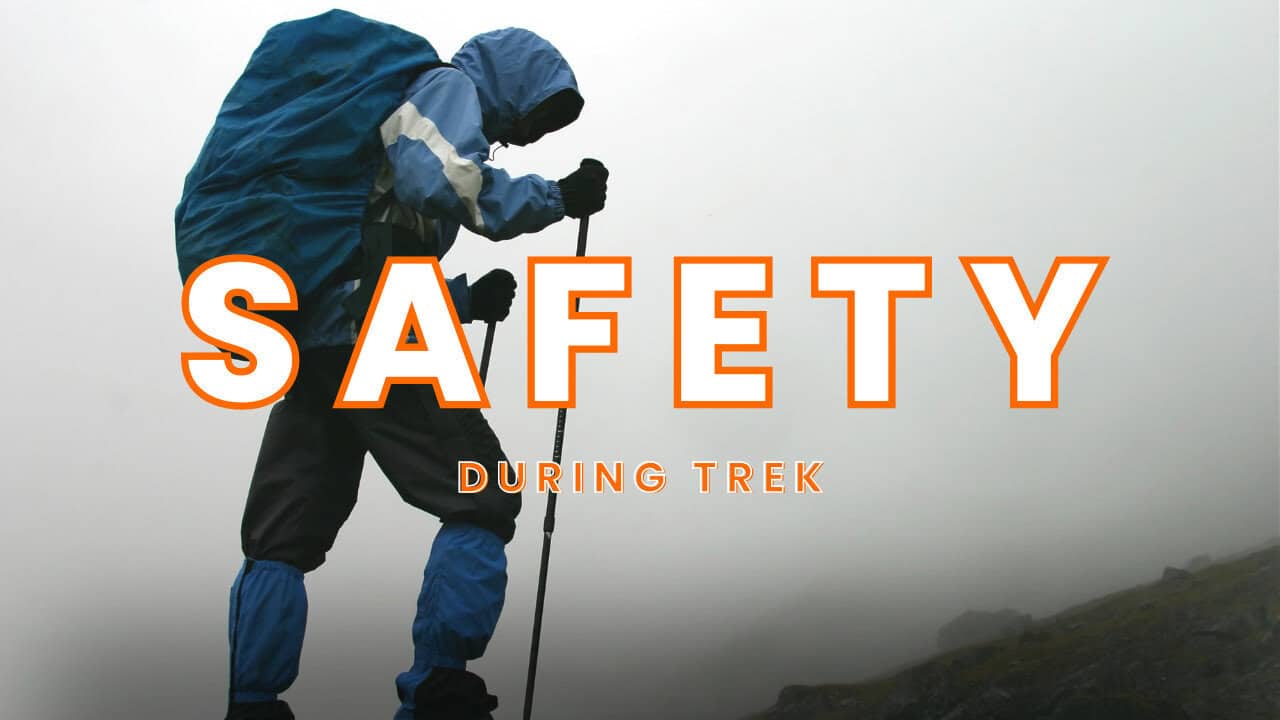
Trekking with us for the Manaslu Circuit Trek is entirely safe because we have a team of trek leaders qualified in Wilderness first-aid and complete information about the high-altitude glitches. During the trek, we carry a full first-aid kit that contains all the essential medicines. Before trekking with us, you must ensure that you are medically fit for the trek; for us, your medical fitness is more important than anything else.
Right from our establishment, we at Trekup India have been continuously introducing new safety practices into Indian trekking to ensure the safety of voyagers. Trekup India introduced microspikes and made emergency bottled oxygen mandatory for all treks. Our trek leaders take your daily Pulse oximeter reading. We at Trekup India introduced the radio walkie-talkie as a safety communication device.
How can we ensure that your trek is safe with us?
We have noticed that most trek-organizing organizations do not follow these systems, but with time, they are following us; several competing companies are adopting these practices and organizing great, safe treks.
We ensure complete technical safety in the mountain. Our company has a vast team of more than 100 guides and trek leaders who serve on Himalayan treks. One of the best things about our team is that all the members are trained professionally by the Nehru Institute of Mountaineering, Indian Mountaineering Foundation Delhi, and Hanifle Center Outdoor Education Mussoorie.
Explore our New Safety Protocols
To ensure a perfect Trek, we have introduced some new safety checks to ensure excellent safety for our trekkers.
Our On-trek safety checks include:
- Daily oxygen saturation, along with pulse readings
- Stretchers team appointed on every trek
- Radios
- Trained mountain staff and complete safety
- Additional oxygen cylinders
- Special medical kit for high-altitude treks
- Microspikes on all types of snow treks
- Experienced Trek leaders, as well as safety
- Technical team on all snowy slopes
For Us, Your Safety Is the Top Priority
At Trekup India, you will find a team with local knowledge and fluency in English and Hindi. This helps ensure that you have a fantastic trek. Not only this, but we also pay attention to your health and safety because this is something we cannot ignore. All the team leaders involved in trekking have already undergone several professional courses in first aid, portable altitude chamber training, CPR, environmental awareness training, and advanced wilderness emergency medicine.
We also carry a complete first aid medical kit on every trek and trip we organize. Apart from the medical kit, we take a portable altitude chamber (if needed) and medical oxygen for all high-altitude treks. Our company has significant expertise in organizing all sorts of group adventure holidays for family groups, school and college groups, and friend groups. We have many travel options that suit different fitness levels and travelling styles.
Regardless of the group size, we value each and every member of our trekking groups. Our commitment to personal attention ensures that your needs and safety are always our top priority.
Who we are?
Trekup India has been a stalwart in the Adventure Tourism industry for 30 years. Since our inception, we have been dedicated to providing top-notch treks, voyages, trekking programs, and high-altitude expeditions. Our extensive experience is a testament to our commitment to your adventure and safety.
We organize treks in Uttarakhand, Kashmir, Sikkim, and Himachal while being part of the trekking community; we feature more than 75 documented Himalayan treks. In addition to other outdoor activities, our company also organizes trips for schools, colleges, and families.
Therefore, we maintain the quality of services offered to our valuable customers.
Must Read These Information Of Manaslu Circuit Trek
What are the Trek Highlights?
- Experience breathtaking views of Manaslu, Himalchuli, Ganesh Himal, and Annapurna II mountains from this spectacular viewpoint.
- Trekking routes that offer less congestion include those located far away from the Everest and Annapurna regions.
- Larkya La Pass (5160 m) is one of Nepal’s dramatic passes.
- Uncover Tibetan villages like Sama Gaon or Samdo.
- Visit Pungyen Gompa, Birendra Lake, and make an optional trek up to Manaslu Base Camp.
- Scenery in the area ranges from high-alpine meadows and glacial valleys to hilltop meadows.
- Buddhist cultural sites include chortens and mani walls as well as historic monasteries.
Frequently Asked Questions About Manaslu Circuit Trek
What is the Best Time to Visit Manaslu Circuit Trek?
Spring: Burgeoning Rhododendrons, sunny skies, and warmer temperatures all mark this time of year as Spring emerges in full bloom. Autumn Season (September to November). Best trekking season: Clear skies and stable weather are essential ingredients of success when trekking.
How to Reach Manaslu Circuit Trek?
Starting Point: Soti Khola, Gorkha District. Finish Point: Dharapani.
By Road: (Approximately 8-10 Hours of travel time) From Kathmandu, take a bus/jeep from Arughat and Soti Khola towards Gorkha (Kantipur). Transport from Dharapani to Besisahar and back, followed by trekking. Finally, return back to Kathmandu at the conclusion of your trek.


